On October 23, 2010, members Torrance Children’s Book Writing Group, along with some members of SCBWI-LA joined me at the LA Public Library (Harbor Gateway Branch) for a workshop.
After welcoming everyone, I started the workshop by doing a little survey. I asked the participants questions like “How many of you have desks overflowing with papers, books and half eaten snacks?” and “How many of you use only Microsoft Word?”
These questions actually point out two concepts that commonly plague writers: Technology and Organizing. I listed down a few symptoms writers might show, if they had problems with organizing or problems with using technology.
I explained that we could solve both problems by addressing only one concept: Technology.
Freelance editor Emma Dryden had spoken about how technological trends affect the publishing landscape in the recent SCBWI Working Writers’ Retreat. A great example would be Patrick Carman’s book series: Skeleton Creek, where he used both book and video to tell the story.
The publishing landscape has changed dramatically. Agents and editors get hundreds of submissions per day. Understandably, they have to find ways to get through the ocean of manuscripts. Literary Agent Noah Lukeman in his book The First Five Pages, says “Presentation is looked at before all else in a manuscript, that can signal unprofessionalism to agent or editor.”
Gone are the days when writers can submit a handwritten or typewritten manuscript. We are now in the era of computers and laser printers, so agents and editors expect us to “get with the times”. We as writers need to make ourselves more connected with the digital world and more acquainted with the use of technology.
Technology is meant to make things easier for us, as such it is a natural organizational tool. One way of using technology to organize our writing lives, is by using it in various steps of our writing process.
After this introduction, I immediately dove into the meat of the workshop by discussing various SOFTWARE writers can use to organize their ideas before writing.
I. BEFORE WRITING
Brainstorming
The first thing we should do, before we even sit down to plot our next bestseller is to brainstorm. Since we already have a story idea, when we brainstorm, we try to come up with our story elements such as character, plot and setting. These elements are bound to change as we write, but that’s alright. The main purpose of brainstorming is just so we can have a jumping off point for our story and so we can have a pool of ideas to pick from.
One of the best ways to brainstorm is to use a Mindmap.

But sometimes even mind maps can get out of hand.
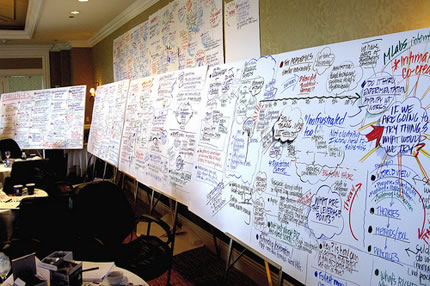
This is where the use of computer programs come in handy. Imagine if your mind map were digital. You can put all sorts of information in there: website links, pictures, articles, sounds, music and other digital data. This is exactly what the first software I discussed does:
PERSONAL BRAIN
The Personal Brain Software is a very intuitive mind mapping utility. The primary unit of organization in the application is called a Brain.
Each Brain is composed of thoughts--essentially, idea components, tasks, or goals--which can be created with a double-click and associated with one another freely.
Thoughts connect to one another not merely in a parent-child hierarchy, but can cross-connect to other thoughts.
( I showed the participants a short video demonstrating how they can use the Personal Brain for their writing projects. )
The software can be downloaded here.
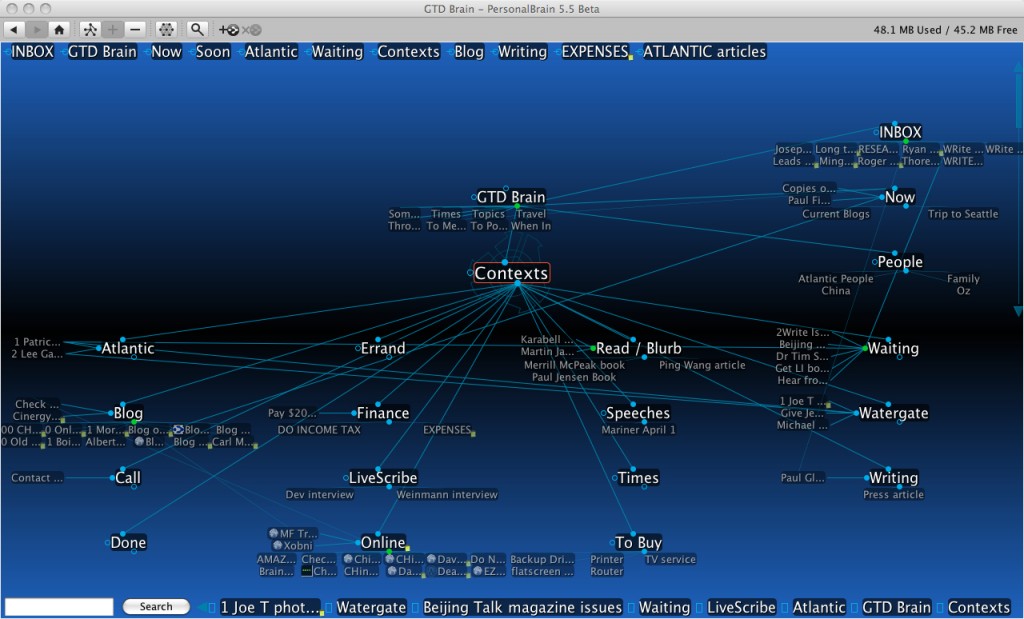
Plotting
After brainstorming, the next step is plotting. With the Personal Brain mindmap, you have all your ideas and related research at the tips of your fingers. Now that you have an idea of where you want your story to go, the next step (since we are trying to get organized) is to plot your story.
ANTHEMION WRITERS' CAFE

The Anthemion Writers’ Café is a toolkit for writers that runs on Windows, Linux and Mac. It's built with wxWidgets, a project started by Anthemion's Technical Director, Julian Smart, and designed and actively used by Anthemion's Creative Director, Harriet Smart, author of five novels published by Headline.
Writer's Cafe is intended as a fiction-writing tool, but you can also use it for other types of writing.
The names for functions used throughout the program refers to storytelling: storylines, screenplay formatting, character development, and there's even a "name generator" for characters. But Writer's Cafe is also useful for project-based writing such as longer journal articles, book chapters or books, and also shorter documents like grants, forms, or reports.
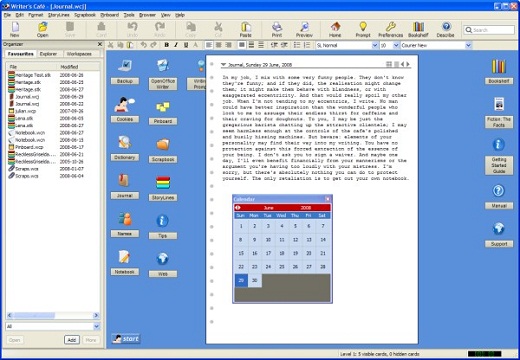
The Writer’s Café has all sorts of helpful functions:
- SCRAPBOOK – helps you organize and store your research. You can save texts and pictures for easy access while you’re writing.
- PINBOARD – provides a space for quick notes not necessarily related to writing. You could also pin pictures in there.
- DICTIONARY – Clicking on this icon will automatically link you up to the Cambridge online dictionary.
- JOURNAL – If you want to chronicle your writing, or you have a sudden urge to journal in the middle of your work, you can easily open this function up. I actually find it helpful to do a little practice writing in my journal first before I dive into my manuscript. I find that writing in my journal helps me focus my mind by getting rid of random thoughts and stray ideas.
- NOTEBOOK – is for writing down story snippets. Often ideas come up and you don’t know exactly where they should go in your story just yet. The notebook is a great place to store these ideas until you’re ready to use them.
- NAME GENERATOR – generates names for your characters.
- WRITING COOKIES – pop up whenever you open a certain function. The cookies are a selection of quotes about writing and are supposed to inspire you whenever you feel a little tired of writing.
- BOOKSHELF - contains the manuals for each function, along with the WRITING COOKIES, and various other articles such as the WRITING RECIPES by Harriet Smart help you brush up on some writing techniques.
- WRITING PROMPTS – help you kickstart your creativity by giving you something to write about. It can be a good story idea generator, or a good way for you to practice writing.
- STORYLINES – The most important and most useful tool in the Writer’s Café program.
Storylines
Is the heart of the writer’s café program. Mostly used by screenwriters, this tool is the most helpful one I’ve found for plotting.
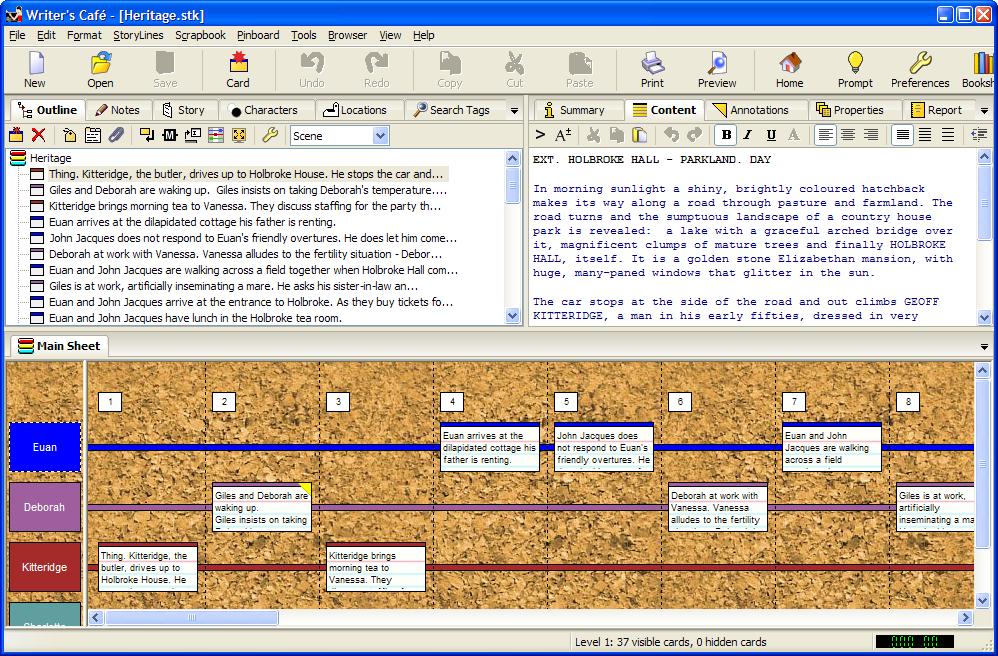
StoryLines is linear in the sense that its columns move forward, one column after another. Each column can represent then a chapter or a scene. A chapter is a collection of scenes, so then it may be best to use StoryLines one column for each scene. However, you can use one column per chapter in a more general overview way. For a full novel of 25 chapters you will then have 25 columns of cards going up and down. If you choose to use one column per scene you then will have to think of more like 150 columns in StoryLines, 6 scenes per chapter, and that is a lot of work to organize ahead of time before writing your dramatic text.
The software can be downloaded here.
II. DURING WRITING
Now that you have an outline of your plot, and a list of scenes, it’s time to delve into actual writing.
You can keep the window for Storyline open, or you can print out the list of scenes. Whatever your preference, storylines will definitely help you as you flesh out your scenes.
YWRITER 5

Ywriter is a software program which breaks your novel into chapters and scenes. It will not write your novel for you, suggest plot ideas or perform creative tasks of any kind. It does help you keep track of your work, leaving your mind free to create.
Simon Haynes created Ywriter. He has twenty years of programming experience and is also the author of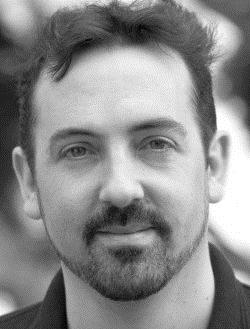 the Hal Spacejock series which is published by Fremantle Press and distributed by Penguin Australia. Because he is an experienced programmer AND a published author, yWriter contains a bunch of tools a working novelist will find useful.
the Hal Spacejock series which is published by Fremantle Press and distributed by Penguin Australia. Because he is an experienced programmer AND a published author, yWriter contains a bunch of tools a working novelist will find useful.
Ywriter focuses on scenes instead of chapters:
- A scene is a pleasant chunk to work on - small and well-defined, you can slot them into your novel, dragging and dropping them from one chapter to another as you interleave strands from different viewpoint characters and work out the overall flow of your book.
- You can also mark a scene as 'unused' if you've written yourself into a dead end, which will keep it out of the word count and exports without deleting the content.
- Of course, you can't just write a bunch of unrelated scenes. You need an overall design goal ... your plot.
- yWriter will generate a number of different reports from your scene and chapter summaries, from a brief scene list to a comprehensive synopsis.
- If you update the 'readiness' setting for each scene it will even generate a work schedule showing what you have to do to meet your deadline for the outline, first draft, first edit and second edit.
- yWriter also allows you to add scenes with no content - just type a brief description and you can pretend you've written it. This is great for the parts you're not ready to write yet, or for when you get blocked. Skip over that part and come back later!
- Unfinished scenes, rough ideas ... it's so much harder to keep track of them when they're all pasted into one long word processing document.
Features of Ywriter
- Organize your novel using a 'project'.
- Add chapters to the project.
- Add scenes, characters, items and locations.
- Display the word count for every file in the project, along with a total.
- Saves a log file every day, showing words per file and the total. (Tracks your progress)
- Saves automatic backups at user-specified intervals.
- Allows multiple scenes within chapters
- Viewpoint character, goal, conflict and outcome fields for each scene.
- Multiple characters per scene.
- Storyboard view, a visual layout of your work.
- Re-order scenes within chapters.
- Drag and drop chapters, scenes, characters, items and locations.
- Automatic chapter renumbering.
I showed the participants how to use Ywriter to write and even edit their novels using the various tools and reports ywriter is able to generate.
IV. AFTER WRITING
You’ve edited your work a hundred times, and now you’re ready to send it out your query. To have a better chances of getting an agent, you send a hundred queries a day :D.
A software program to help you keep track of these submissions is Sonar 3.
SONAR 3

- Sonar is a manuscript submission tracking program, and Simon Haynes wrote it because he was going nuts keeping track of short story submissions.
- This program tells you which market has each story, whether a story has been sold or rejected and which stories are gathering dust instead of earning their keep.
- If you decide to use it, you will be able to view a list of all your stories and then filter them in various ways (e.g. only show stories which are available to send out).
- You can add markets, stories and submissions and best of all it's completely free!
TO SUMMARIZE:
|
Writing Process to Organize
|
Software to Help us Organize It
|
Cost
|
|
Brainstorming/ Mind Mapping
|
Personal Brain
|
Basic version of Personal is FREE for noncommercial use,
The fully-featured Core and Pro versions, cost $150 and $250, respectively.
|
|
Plotting
|
Anthemion Writers’ Café STORYLINES
|
A (limited) downloadable version of Writer's Cafe is available for no cost, and a registered full version costs $45 ($34 for educational discount).
|
|
Writing
|
Ywriter5
|
FREE
|
|
Editing
|
Ywriter5
|
FREE
|
|
Submissions
|
Sonar 3
|
FREE
|





